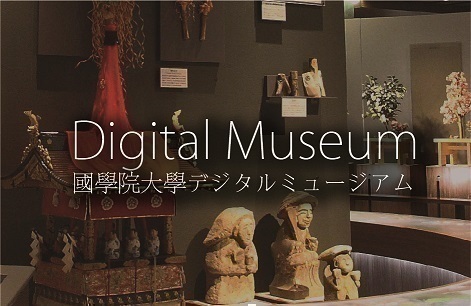- トップ
- Encyclopedia of Shinto
- Chokusai
Encyclopedia of Shinto
| Main Menu: | |
| Links: |
詳細表示 (Complete Article)
| カテゴリー1: | 3. Institutions and Administrative Practices |
|---|---|
| カテゴリー2: | The Emperor |
| Title | Chokusai |
| Text | A ritual performed by order of the emperor and for which a special envoy (chokushi) is sent to a shrine to read a prayer (saimon) before the deity and present heihaku offerings. The term chokusai cannot be found in old records or literature and first appears in the phrase "shrines that are venues of chokusai (emperor-mandated rites)" in the "Law Separating Shinto and Buddhism" (Shinbutsu Bunrirei) that was promulgated in the third month of 1868. The term chokusai itself is a modern one but the custom of sending a senior noble (shōkei) as a chokushi with offerings to the Kannamesai at The Grand Shrines of Ise (Jingū) or to the festivals of the Kamo and Iwashimizu shrines is old, and the so-called Twenty-two Shrines are representatives of shrines holding chokusai. After the Meiji Restoration the term chokusai came into official use, and on June 17, 1868, the Council of State (Daijōkan) proclaimed that "Nagakawa Shrine at Ōmiya Station in Musashi Province should be the protective chokusai shrine in that province." In the modern age, Nagakawa Shrine thus became the earliest example of a shrine where chokusai were performed. At first, envoys who went out to such rites were called "envoys bearing an imperial proclamation" (senmyōshi) or "offering-bearing envoys" (hōbeishi), but such titles were officially discontinued in 1872, when they were replaced by the title of chokushi, meaning "envoy of the emperor." Officials from the Ministry of Divinities (Jingishō) and the Bureau of Rites and Ceremonies (Shikiburyō) generally served as imperial envoys for rites performed at shrines that received official offerings (kanpeisha). In that sense in early Meiji all such shrines were venues of chokusai. But in 1873, except for the Grand Shrines of Ise (Ise Jingū) all chokusai rites that had been served by envoys from the Bureau of Personnel disappeared. However, Iwakura Tomomi argued that shrines like Kamo and Iwashimizu with venerable chokusai should be reinstituted and so in 1883 those two shrines were reinstated as venues for chokusai. Thereafter, priest officials (shōten) served as envoys to oversee such rites, and beginning with the aforementioned Nagakawa Shrine, the number of official chokusai shrines gradually increased. After the Chief Priest (gūji) has placed the offerings (heibutsu) in front of the kami, the chokushi would read out the saimon and then offer sakaki branches festooned with paper or cloth (tamagushi). Such chokusai are often confused with shinsai, which are festivals of the imperial household like the Niinamesai and other taisai, where the emperor leads the rites himself. — Sakamoto Koremaru |




